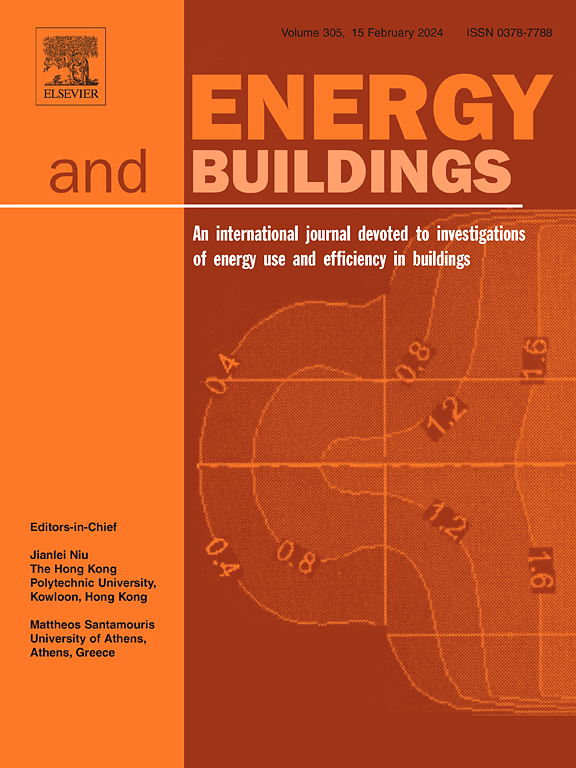Students’ thermal and indoor air quality perception in secondary schools in a Mediterranean climate
IF 6.6
2区 工程技术
Q1 CONSTRUCTION & BUILDING TECHNOLOGY
引用次数: 0
Abstract
In the wake of the COVID-19 pandemic, the importance of achieving adequate indoor air quality (IAQ) and addressing its impact on hygrothermal conditions has become paramount. Environmental quality in classrooms significantly influences students’ health, well-being, and academic performance. Natural ventilation faces challenges related to efficiency and thermal comfort, even the development of recent standards focuses on the continuous measurement of CO2 to enhance health and well-being. This study addresses a research gap by simultaneously addressing both thermal comfort (TC) and IAQ analyses, focusing on students’ perceptions across seasons in secondary schools within the Mediterranean climate of southern Spain. A field study conducted between 2022 and 2023 involved long-term monitoring and 1,056 surveys from students aged 12–18 in 54 classrooms across seven schools. Data were collected during heating and non-heating periods in naturally ventilated spaces, analysing subjective perceptions and their relationship with objective parameters. Results show that high temperatures strongly influence thermal and air quality perceptions, while CO2 levels have minimal impact on Air Sensation Voting (ASV), even at concentrations exceeding 1,400 ppm. During non-heating seasons, 60 % of students reported thermal comfort at temperatures between 23-27 °C, while discomfort increased to 38 % at temperatures below 19 °C during heating seasons. Neutral temperatures derived from subjective impressions reveal significant seasonal variations. Predicted Mean Vote (PMV) underestimated actual sensations, particularly during cold seasons in warm climates. These findings highlight the impact of outdoor temperatures on students’ perceptions and offer insights for refining comfort models and adapting ventilation strategies to improve learning environments in schools.

求助全文
约1分钟内获得全文
求助全文
来源期刊

Energy and Buildings
工程技术-工程:土木
CiteScore
12.70
自引率
11.90%
发文量
863
审稿时长
38 days
期刊介绍:
An international journal devoted to investigations of energy use and efficiency in buildings
Energy and Buildings is an international journal publishing articles with explicit links to energy use in buildings. The aim is to present new research results, and new proven practice aimed at reducing the energy needs of a building and improving indoor environment quality.
 求助内容:
求助内容: 应助结果提醒方式:
应助结果提醒方式:


